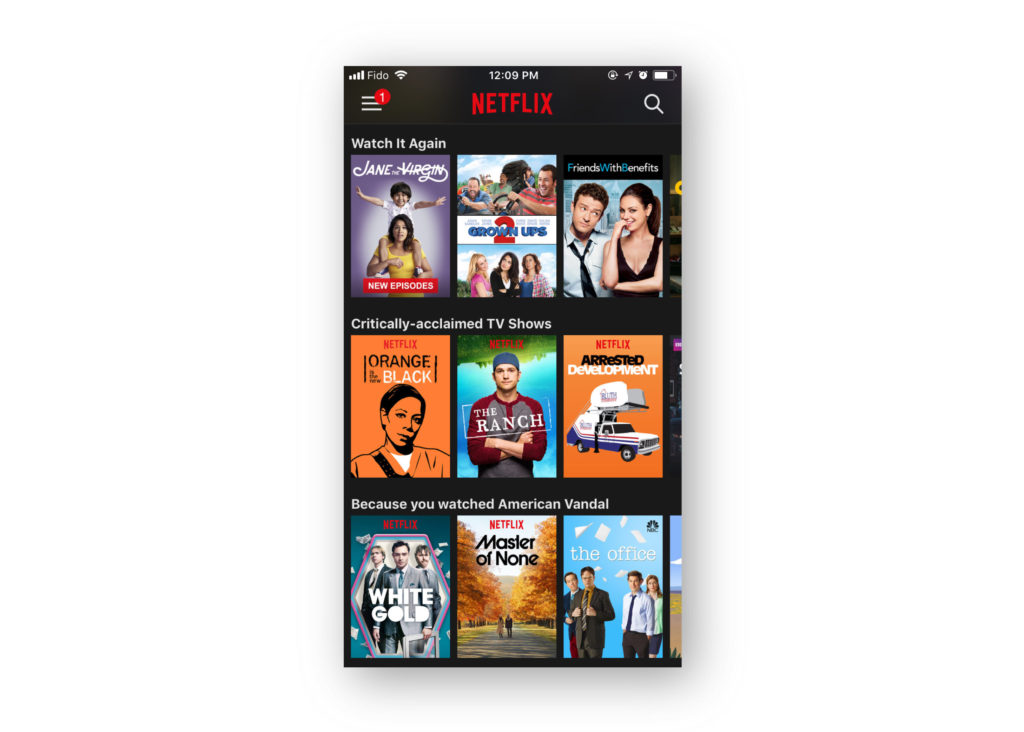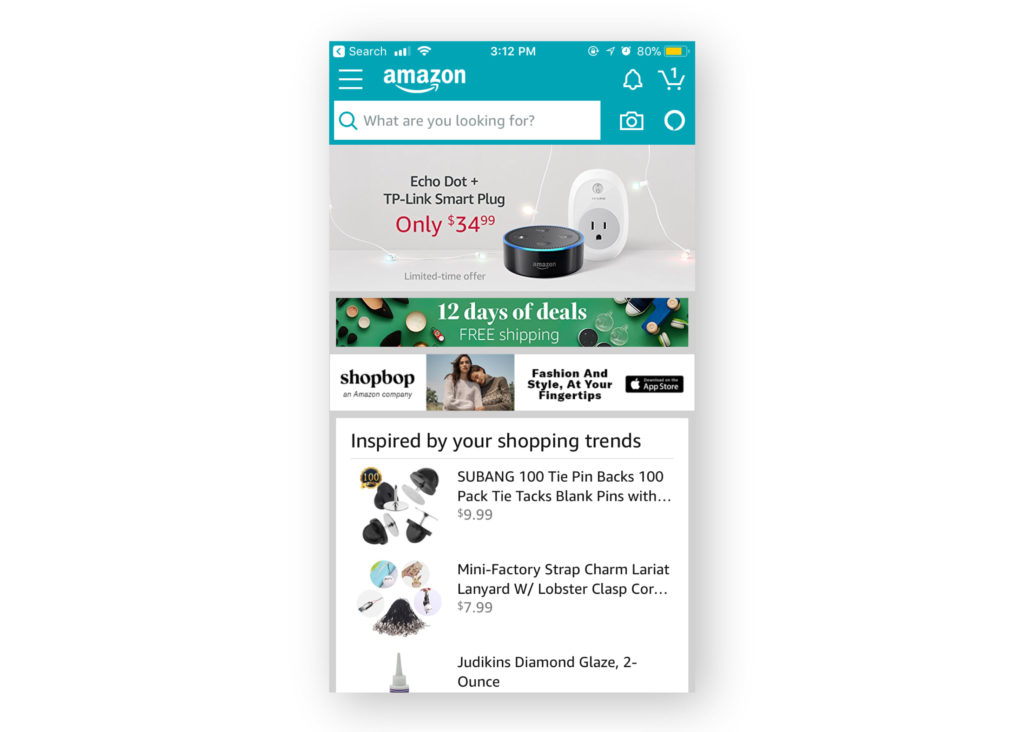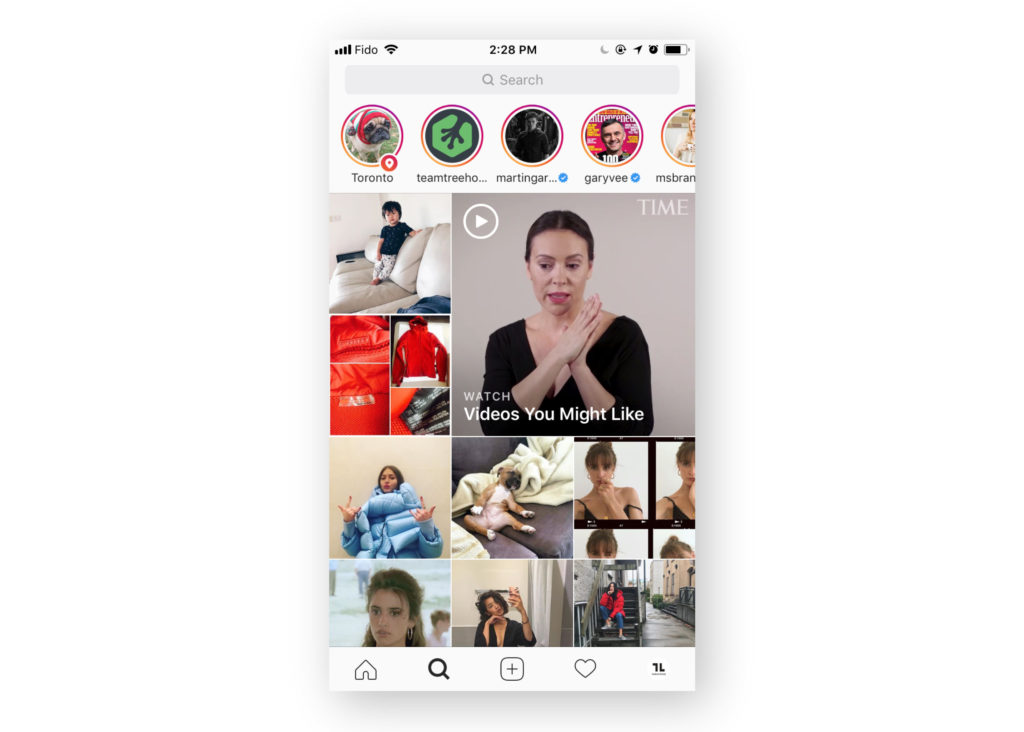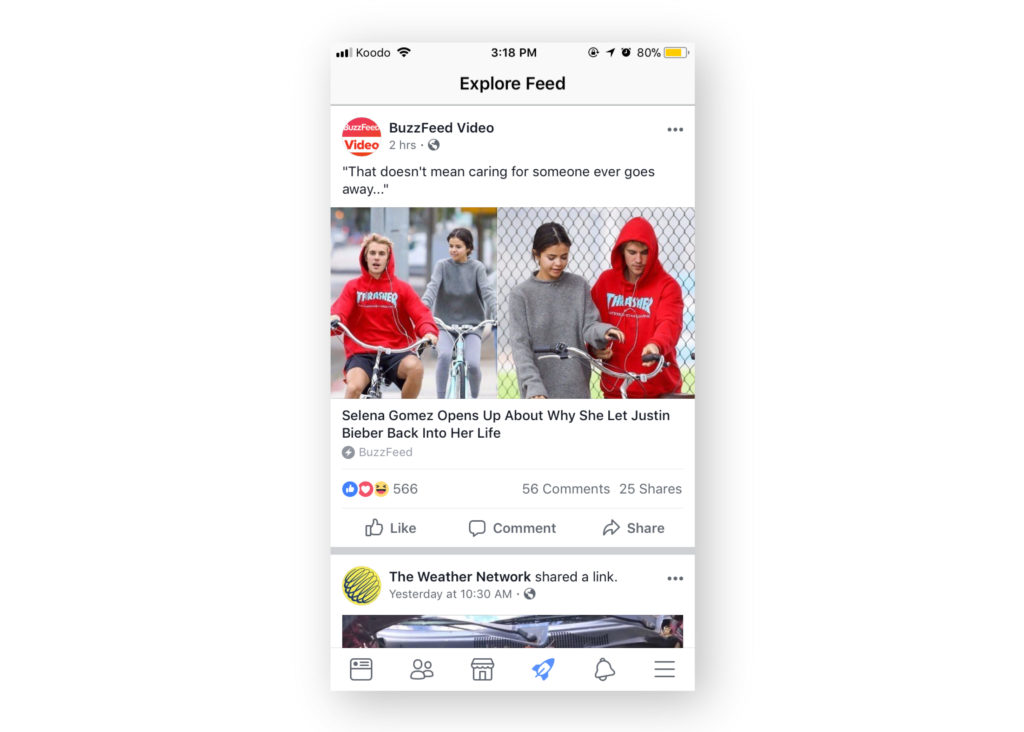These Mobile Apps Offer a Unique User Experience That is Hard to Beat
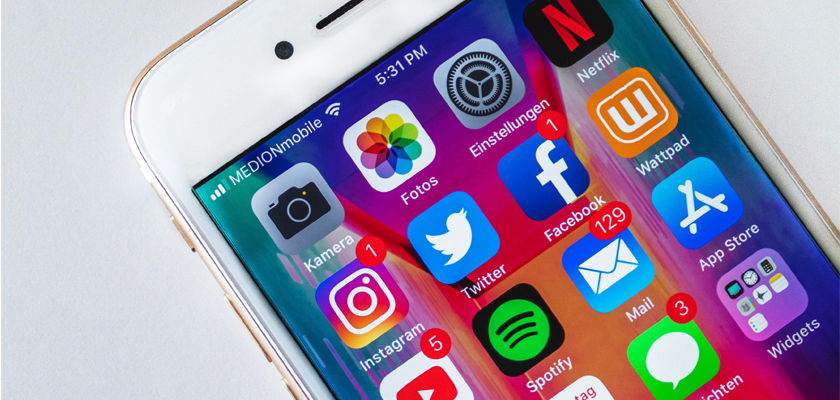
Why is Individualization so Important?
In this day and age, customers are more open to sharing their data with companies. In return, they want a personalized experience that is tailored to their needs. In fact, Salesforce research has found that 58% of respondents want personalized marketing from the companies they do business with.
People are constantly bombarded with information. There’s so much happening, and we’re often overwhelmed by all the brands trying to reach us. It’s only natural that we tune out what we don’t find personally relevant. This provides an opportunity for businesses to engage customers and encourage them to keep buying. Personalization can be achieved by targeting messaging directly to customers, with a laser focus on what their audience likes and is naturally interested in.
Marketing personalization helps brands interact with their audience and customers in a way that feels personal and human. It takes into account their preferences, likes, and interests.
What Do Customers Want?
Customers want messaging that’s targeted towards them and provides them with value. With so many apps on a user’s phone and notifications they receive, they want an experience that’s tailored specifically to what they’re interested in. They also want an experience that makes their lives easier. Whether that be recommending shows or songs they may like showing products based on their past search history so they don’t have to spend as long browsing.
When there are more than 2 million+ apps to compete against in the marketplace, making your app stand out from the rest is pretty hard.
Arguably, the best way to outperform other apps is by personalizing your app experience for each user. Giving your users a customized experience will keep them coming back for more and make them invest more in your app.
Here are some of our favorite examples of personalized mobile apps to inspire you.
Spotify
When it comes to personalization, no one does it better than Spotify. From their “Discover Weekly” playlists (a collection of songs the user hasn’t listened to with a few they have mixed in) to their Daily Mixes (a mashup of users favourite songs sprinkled with a few releases they haven’t listened to), Spotify really knows how to leverage user listening data to create playlists they’ll love.They also take a seasonal approach to personalization with year-end playlists based on listener data.
They will send users in-app notifications and emails when new releases related to the music their users’ like comes out, including local concerts or shows.
The takeaway: Leverage user interests to create recommendations both in-product and using other channels (like push and email).
Netflix
Netflix’s recommendation engine is legendary for how it makes users feel like their account is truly tailored to their interests. But what may be more important to note (especially for those of us without resources to create a complex recommendation algorithm) is how and where they present content suggestions to users. Their recommendations appear at the end of a show and on the user’s home screen.
Netflix’s ‘Because You Watched,’ ‘Watch It Again,’ and ‘Continue Watching’ lists are also personalized depending on the user’s viewing habits. They’re also consistent no matter which device they’re accessing Netflix through, which adds an extra element of personalization and convenience for users.
The takeaway: Think about where else in your app you could be showing users recommendations and introducing them to new content. Consider building a special section on your home screen and at different points in the user’s experience.
Amazon
Amazon’s home screen features items inspired by users’ shopping trends, like past searches and purchases. They also have an ‘Interesting Finds’ page, which suggests items to the user depending on their shopping history and items they’ve “liked”—which lets the user have a more active role in personalizing the app. Some of the Interesting Finds lists are also curated by other users, which takes some of the onus off of Amazon to be curating recommendations for users.
Another way Amazon leverages personalization is through how easy and fast they make their checkout process. By allowing users to save multiple payment methods and shipping addresses, and then auto-filling in the most common/recent ones during the checkout process, they make the experience much more convenient for their customers. Getting users to share more personal information can help you create a better experience for them—as long as you can communicate the benefits to them as Amazon does (ex: ‘1-Click Ordering’).
The takeaway: Give users a way to personalize the app for themselves and others. Clearly explain the benefits of sharing more personal information so users opt-in.
Instagram makes finding other content users will love easy with their ‘Explore’ tab, which suggests photos and videos the user may like and want to engage with because of their history using the app. By making content discovery fun and engaging (while still tailoring it to their users’ interests), they increase the time spent in-app.
The ads users see are also highly relevant to people they follow and recent searches—which makes it less likely they will get annoyed by irrelevant ads and leave the app.
The takeaway: Give users a way to personalize the app for themselves and others. Clearly explain the benefits of sharing more personal information so users opt-in.
Facebook’s personalized Newsfeed is well known. They’ve also leveraged users’ network to create engaging, personalized content that inspires users to chat with friends, including fun videos and reminders based on ‘friendiversaries’ (the day users became friends on the platform), birthdays, memories from previous posts, and year and month summaries. The app also lets users know what events their friends are going to, and what items they comment on to keep them engaged. They also use notifications and email to alert users of this activity for re-engagement purposes.
The takeaway: Consider how you can leverage user connections to create custom content and reminders to continually re-engage them and bring them back into your app.
Lessons to Learn from These Industry Leaders
Based on the personalized experiences that these apps provide, it’s important to provide targeted recommendations on user interests through multiple channels, introduce them to new content, clearly state the benefit you provide along with the benefit they could receive for sharing more information and leveraging connections to bring them back to your app.
If you use user data the right way and employ best practices for your app, you can learn what your consumers want and how to reach them effectively. A/B testing is a great way to find out what works best for your brand and what your customers respond to most.
There are many ways to show your app user you value them, but personalization really goes the extra mile. If you spend time personalizing your mobile app for each specific user, the return on investment will be worth it.
Looking for more mobile personalization inspiration? Here are a few more helpful resources:
- 16 Inspiring Examples of App Personalization From Media Brands
- Personalized Push Notification Best Practices
- Personalization Lessons From Pinterest, Coca-Cola & More
- How Bandsintown Measures The Impact of Personalization in Their Mobile App Growth
- The Ultimate Guide to Mobile App A/B Testing
Learn More with Taplytics
Taplytics is an A/B testing tool that allows you to run effective A/B tests to help create a more tailored experience for your audience. You can also leverage Taplytics push notifications to send out personalized push notifications to reach your users with the right message at the right time.
Get started with a 14-day free trial of Taplytics.
This post was originally published in December of 2017. It was updated in March of 2019.


